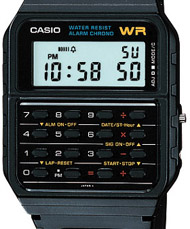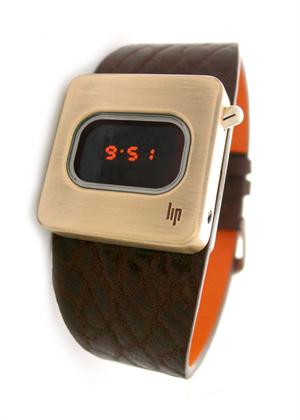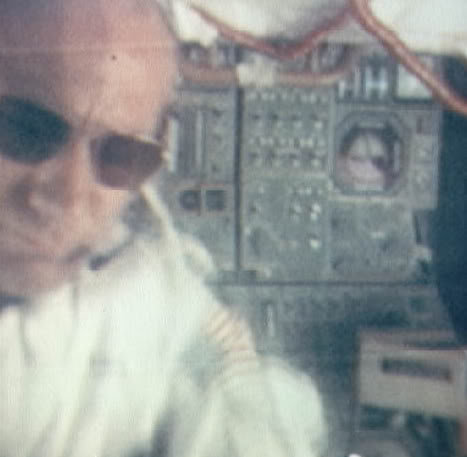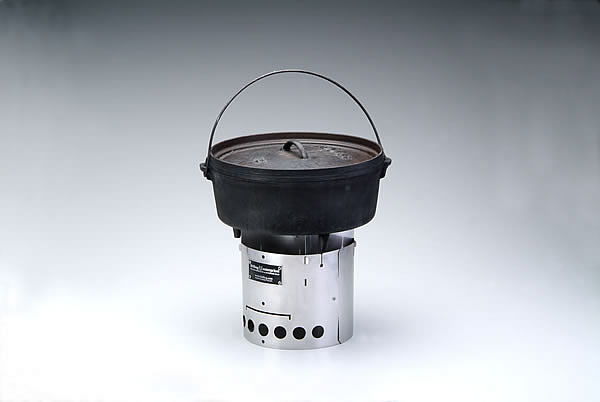So What’s It All About Ken?
Photography spaz Ken Rockwell is a leading light of the photography blogging scene, and lords knows has plenty to say about photography. Mostly, I’ve noticed, about what photography is not about.
First and foremost, it’s not about your camera. “Your equipment DOES NOT affect the quality of your image.” Emphasis his. For example.
It might just be about lenses , but not very many. It’s not about lens caps.
It’s not about tripods. Or bags.
It’s not particularly about software (he still uses iView and Photoshop proper, god help him), nor does a fast computer help. And colour management isn’t useful for managing colour. Incidentally, his site looks kind of washed out until I apply colour management to my screen.
Megapixels don’t matter, with which I am in absolute agreement.
Frankly, nothing new is good.
It’s not about shooting raw. In fact, this whole digital thing is for suckers. “Shoot film, which I also find to be far less of a hassle than dicking around with raw files”. He’s serious.
And as of last week, perhaps having run low on things for photography not to be about, it’s not about your subject.
“Here’s another secret: in photographic art, it’s never about the subject. It’s always about the underlying compositional structure. Subjects that may be there are chosen because they support or create a structure, not the other way around.”
And that folks is why there is so much boring, de-contextualized, disengaging but technically competent fluff in the “interesting” category at Flickr.
By the way, I highly recommend Ken Rockwell’s site for his digital camera recommendations, which tend to be pragmatic, concise and on-the-money in a way that no other photography site I’m aware of manages. Somehow, it’s about the camera.






